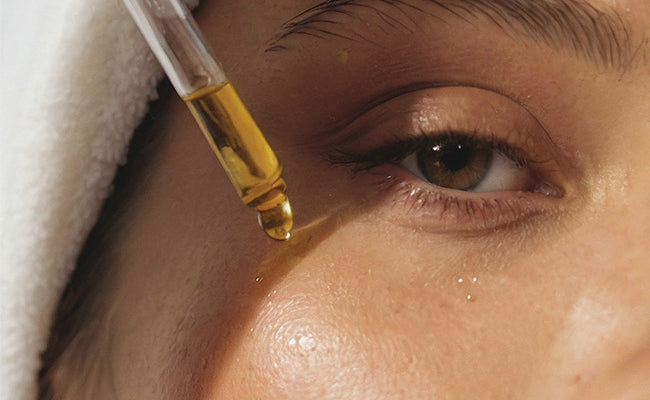
Ingredients to Avoid (Read Your Labels!)
In today’s wellness and skincare markets we see so many clean, organic and vegan options that it’s easy to become less vigilant about what we are eating or what we are putting on our skin. We applaud any brand that is committed to creating cleaner and more planet friendly options, but we still want you to stay on top of reading your labels, and here's why:
Our skin absorbs approximately 60% of what we apply to it. That's quite a bit! Are you choosing the right products with clean ingredients? Or do you put irritating substances on your skin that are chemical based? Are you ingesting harmful substances unnoticed? Our skin is our largest organ and is like a sponge, absorbing everything we put on it! Yikes!
Most beauty products still contain glycol’s, alcohol and parabens, even in the vegan options. These ingredients do not always leave our bodies and they can affect the endocrine system, which affects our hormone levels and could even affect your fertility. This is just a small part of what these chemicals do in our bodies, we cannot yet oversee the impact they have on us, in the long term they may even lead to cancer, we simply do not know yet.
If you’d like to commit to a healthier skincare regimen that is also planet friendly, here’s a list of ingredients to avoid:
- Retinol Palmitate – can speed up the growth of skin tumors and lesions when applied in the presence of sun, especially avoid during pregnancy (also in top 5 of ingredients to avoid when you are pregnant)
- DMDM hydantoin – a formaldehyde releasing preservative that could cause irritation and a formaldehyde allergy – pay close attention if you see this ingredient and your skin becomes red or irritated in any way
- Glycol, the chemical is a strong skin irritant, and has been implicated in contact dermatitis
- Alcohol (synthetic variant): used as a dilutant but irritates the skin.
- Acetone (from petroleum): works as a thinner to dissolve nail polish but dries out the skin.
- BHA and BHT (preservative): can cause irritation and dry out skin.
- Copolymer (puts a layer on your hair): damages your lungs by inhalation.
- Aluminum (deodorant): can irritate skin.
- Fluoride (toothpaste): can damage the nervous system, impacts focus and concentration levels.
- Formaldehyde: disinfectant, also used in nail polish and many cleaning supplies.
- Phthalates: can have a soothing effect but causes allergic reactions.
- Dyes (synthetic variant): for example, in lipstick. Could cause cancer, among other things.
- Lead (can still be found in some lipsticks): damage to your organs and nervous system, contributes to cancer.
- Nano particles (in regular SPF): causes damage to your healthy cells and to the eco system in our oceans.
- Parabens (preservative): irritates the skin and disrupts your hormone balance.
- Perfume (synthetic variant): can cause skin irritation.
- PEG (degreasing agent): makes the skin vulnerable and could contribute to the development of cancer.
- Petroleum (tar, mineral oil): waste from the oil industry. Closes the skin & clogs pores.
- Silicone (synthetic variant): it seals the skin, so that in the end it only dries out.
- SLS / SLES (foaming substance): can create rashes, can cause hair loss and irritated eyes.
- Toluene (removed from tar): smooths your nail polish but is toxic and could cause miscarriages.
- Triclosan (antibacterial effect): associated with impaired fertility.
- Urea (toxic substance): may cause irritation, prohibited in Canada.
While many of these ingredients have been banned in Europe and Canada, they are still allowed and wildly available in the US.
So you see there is a lot to look out for when you are reading your labels. While this task may seem almost daunting, doing your due diligence will make a great impact on your skin, and our planet will thank you!





Leave a comment
This site is protected by hCaptcha and the hCaptcha Privacy Policy and Terms of Service apply.